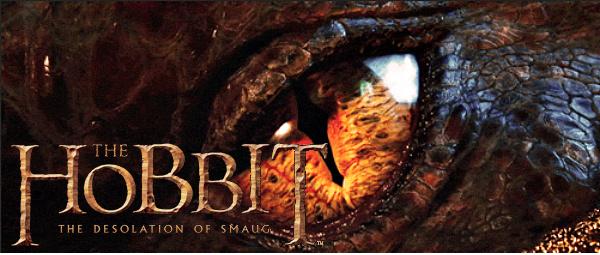Coming december, « The Hobbit. The desolation of Smaug« , second part of a total of three movies from filmmaker Peter Jackson, born 1961 in New Zealand, will come to our Earth. Jackson’s trilogy ist based on J.R.R. Tolkien’s children’s book « The Hobbit », published in 1937.
After my last article about the 2012 « Hobbit » movie, I’d like now to go back to Jackson’s former films, « The Lord of the Rings« , freely adapted from Tolkien’s book, published in three parts in 1954-1955.
First, I’d like to point out that I was amongst the thousands of crazy people queueing for hours to get as quick as possible into the movie theater to see the Jackson movies when they were released. I had liked « The Fellowship of the Ring » and « The Two Towers » and was very keen to see « The Return of the King ». But what ruined for me my high expectations was this third sequel, when in the last twenty minutes Peter Jackson couldn’t decide to get on with his story and filmed Frodo‘s face endlessly. His departure is set in a kitschy sunset atmosphere, and after a while everybody on the screen starts crying and hugging like a bad soap opera end. The dark and pessimistic ending of Tolkien’s original novel had been transformed into a fake emotion dripping Hollywood bliss of green fields and happy smiling family. This perversion of the story’s ending I found very disturbing : the purpose of the book had been lost. J.R.R. Tolkien’s « Lord of the Rings » is not a story about hobbits living happily ever after. What makes Tolkien’s « Lord of the Rings » – and it’s end in particular – so touching is that Frodo is a small, insignificant creature, fond of good company and (english) tea, who saves the world but does not even get a hero’s reward or a hero’s goodbye.
I agree with Norman F. Cantor, who writes in 1991 in his book « Inventing the Middle Ages » :
Frodo wants « to bring peace and quiet to the Shire, to remove threats and promote stability and civility : These are the purposes of his long journey. It is not a romantic quest of nobility. It is the wish of the little people in the world. It is a common man’s rather than an aristocratic athos. (…) Frodo, who, more than anyone else, is responsible for having saved the beloved land from darkness and war, is not hailed and rewarded at the end as the One and Future King. He is treated more like the wounded veterans of the world wars (Tolkien included) who were ignominously shunted aside by their ungrateful homelands. » (Inventing the Middle Ages, Harper Perennial, p. 228)
It is this rather realistic turn which makes the end of the story so credible and so touching. It is a very down-to-earth feeling, very common and very close to anyone who isn’t a big hero warrior – that is the overwhelming majority of us human beings, and always was.
Peter Jackson confounds emotion with tears and pink sunsets, beauty with pseudomedieval dresses and long wavy hair, and dwarfs with video game heroes. What will he make of Smaug, the dragon ? An ultra-sophisticated full colour HD monster nobody will be frightened of, because he is only a picture and has no soul. And no, Evil is not visible ugliness and crocodile eyes – it needs a good filmmaker to make it happen. To slay a big monster is easy when you are a super hero, but it is not when you are a simple, small, fragile hobbit. This is why Peter Jackson misses the point. J.R.R. Tolkien’s « Hobbit » is all about being human, and it tells us, as Norman Cantor puts it,
« that heroism lies with ordinary people. » (Inventing the Middle Ages, Harper Perennial, p. 230)


